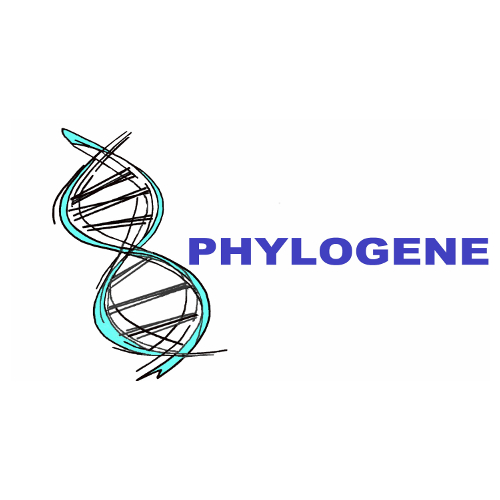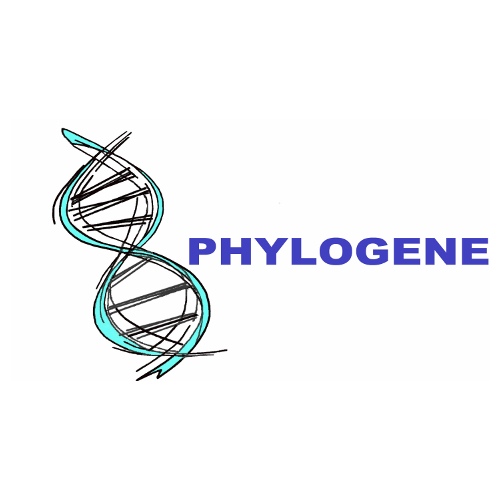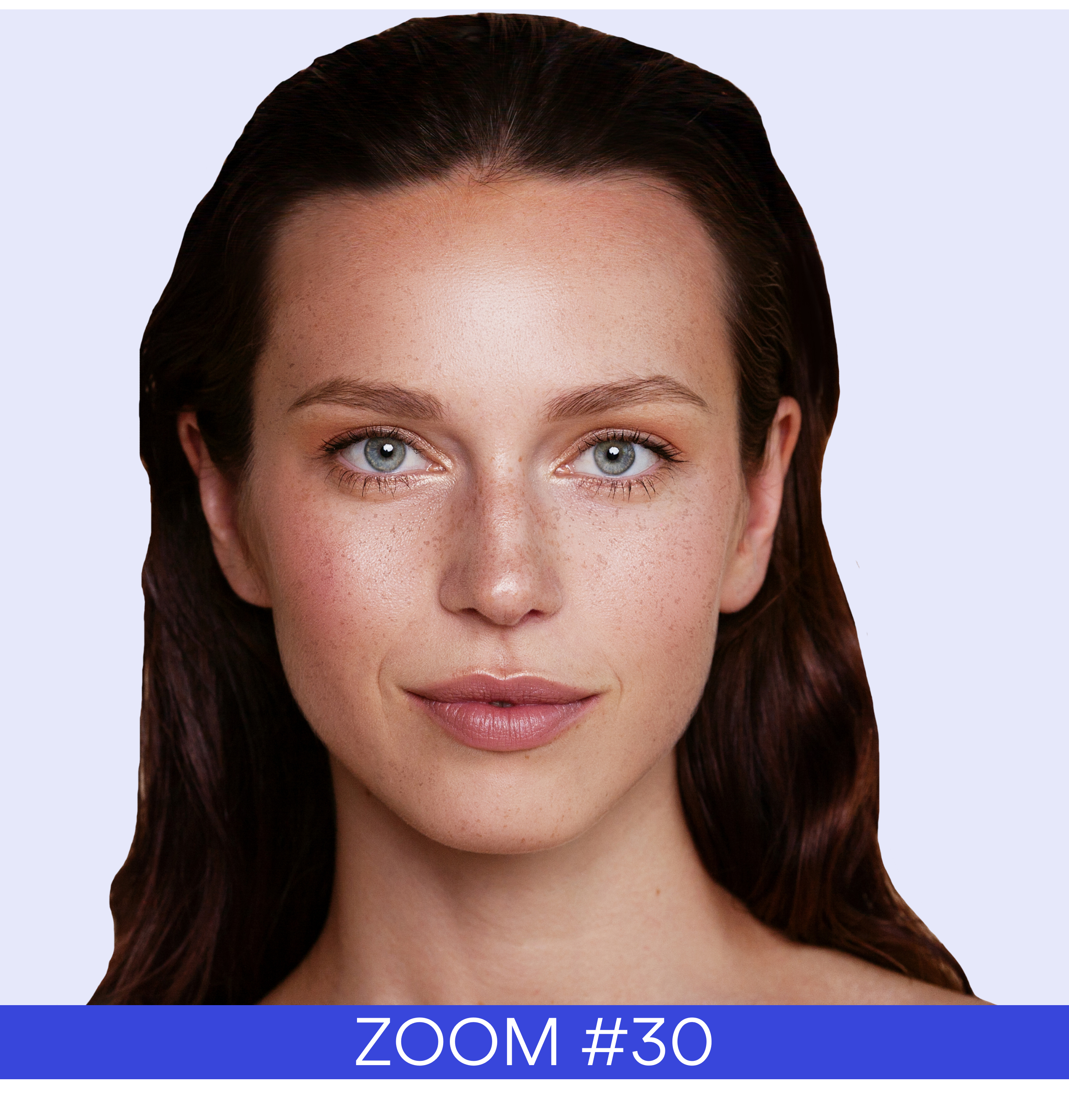With the “omics” and bioinformatics analysis, PHYLOGENE offers a broad and unproven evaluation of the effects of cosmetics on the skin and / or its microbiota.
The UVs, among other stresses, induces a response from the exposed skin with a number of protective and recovery mechanisms. These mechanisms are diverse and may be differentially activated by a protection or an ingredient. Anyway protection products have their own specific signature which is very informative.
Using high resolution proteomics with nanoLC-MS/MS, these mechanisms may be uncovered as proteomics tells us which protein is there, and relative quantitation between a UV exposed sample and a protected UV exposed sample gives access to activated mechanisms.
For example, we had the opportunity to study the UV effects on various models of skin cells and tissues by LC-MS/MS proteomics followed by CORAVALIDTM analysis.
It showed metabolic changes on different scales and degrees, in effectors and regulators.
We were able to unravel the mechanisms underlying changes in interactions in the extracellular matrix, by examining interactors and protein domains. We could link part of the activities and variations to specific promoters, catalytic or biological functions (inflammation, immune cells interactions, vesicular transport, DNA repair), metabolic (anti-oxydant mechanisms, vitamin biosynthesis, energetic components, ubiquitination) and signaling pathways (apoptosis, NFkB, Ras/Jun, PP2A, PKC, calcineurin, cell cycle and proliferation regulations), and even specific compartments involved in the matter at work. It was even possible to correlate the changes with pathological mechanisms like atopic dermatitis, Cantú syndrome, or photosensitivity, and to accurately identify various changes in cellular equipment like ribosomal proteins, various structural proteins (collagens, actins, integrins, dynamins, desmosomes components, fibronectin, keratins, ankyrins), transporters (ATPases mitochondrial channels, RCPG or VOC subunits).
The exhaustivity of the method allowed interpreting the results to objectively explain the phenomena in progress depending on the parameters of the experimental context, discriminating the changes between apoptosis, cornification or senescence, with the advantage of taking post-translational modifications and signaling pathway interplay into account.
Results allow quick integrations of these into current researches, multiple metabolic pathways displays allowing additionally to replace the intervention level in the whole picture of the assessed as pertinent mechanisms.
Furthermore now, the whole answer of skin is not only at the human level but includes the microbiome which is very exposed and reactive. This may be integrated using our metaproteomics approach followed with HolXploreTM analysis.
Read the complete article: FOCUS#2 Solar Testing – Skinobs

CONTACT
62, Route Nationale 113
30620 BERNIS
Tel : +33 4 66 04 77 99
Fax : +33 4 66 04 77 97
http://www.phylogene.com
LinkedIn : https://www.linkedin.com/company/phylogene
Twitter : https://twitter.com/Phylogene_One









 Follow us on Linkedin!
Follow us on Linkedin!
You must be logged in to post a comment.